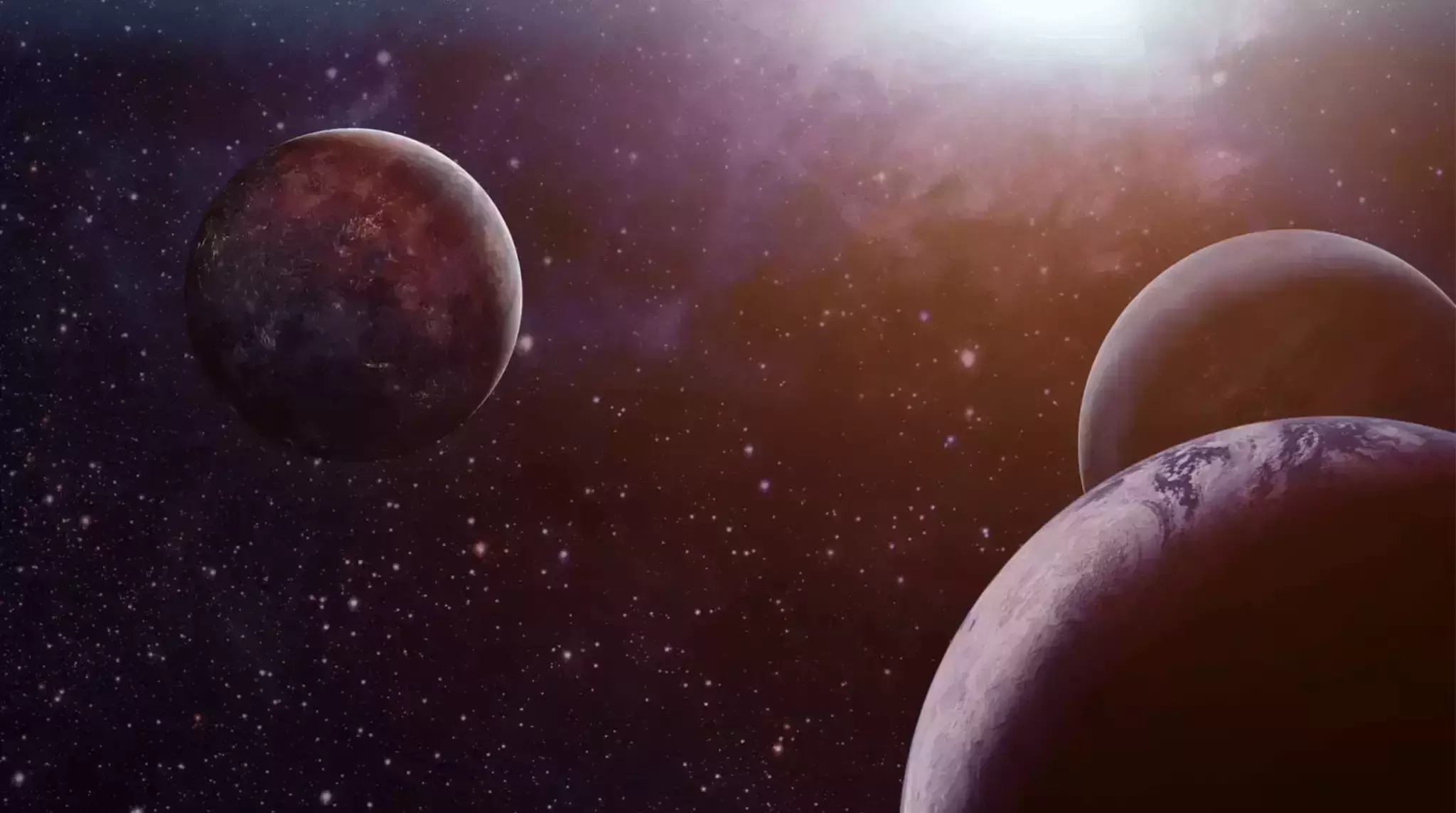
Potentially habitable Earth-mass planet found close to the solar system
text_fieldsSpace scientists have been relentlessly trying to find a planet that is similar to Earth for a long time. The search for a potentially habitable planet close enough to make a trip to has been one of the main objectives of the extraterrestrial study.
Recently, astronomers at the Max Planck Institute for Astronomy in Germany found such a planet just 31 light-years away from Earth. The Earth-mass exoplanet was named Wolf 1069 b. According to a statement, the planet shows no signs of apparent stellar activity or intense UV radiation which indicates that the planet could have retained much of its atmosphere.
The team led by scientist Diana Kossakowski said the rotation of this planet is probably tidally locked to its path around the parent star. But they are hopeful that the planet may provide habitable conditions across a wide area of its dayside, said a press release.
The star Wolf 1069 emits much less radiation and its surface is cooler which explains the reduced heating power. Kossakowski further said this results in the habitable zone shifting inward.
The lead author of the study said the team analysed the data of the star Wolf 1069 and found a clear, low-amplitude signal of the planet. "It orbits the star within 15.6 days at a distance equivalent to one-fifteenth of the separation between the Earth and the Sun. Despite the close range, the planet only gets around 65% of the incident radiant power of what the Earth obtains from the Sun," said the study published in Astronomy & Astrophysics.























